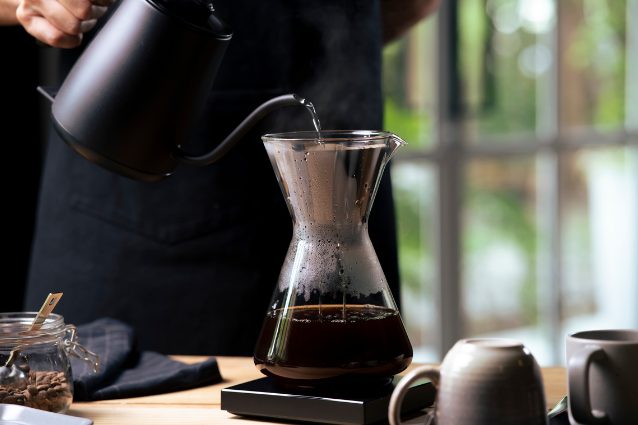How Hot is Too Hot? The Dangers of Drinking Very Hot Beverages
Drinking very hot beverages might feel comforting, but it can pose risks to your health. This article examines the effects of hot drinks, from burns and discomfort to an increased risk of esophageal cancer. Learn how to enjoy your favorite hot beverages safely and reduce the risk of long-term harm.

Many people love starting their day with a steaming cup of coffee or tea, but consuming very hot beverages may not be as harmless as it seems. While hot drinks can offer comfort and warmth, there’s growing concern over their impact on health, especially when they’re consumed at extremely high temperatures.
Immediate Effects of Very Hot Drinks
One of the most obvious risks of consuming very hot drinks is the potential for burns. Drinking liquids that are too hot can cause immediate damage to the sensitive tissues in your mouth, throat, and esophagus. This can lead to pain, inflammation, and in more severe cases, blistering.
The optimal drinking temperature for hot beverages is generally considered to be between 54°C (130°F) and 60°C (140°F). Drinks that exceed this range can cause discomfort or burns. Many coffee or tea enthusiasts may not realise that their drink can sometimes be much hotter than this when freshly prepared.

Long-Term Risks of Very Hot Drinks
Beyond the immediate discomfort, there are more serious concerns about the long-term effects of regularly consuming very hot drinks. Studies have shown that drinking beverages at temperatures higher than 65°C (149°F) may increase the risk of esophageal cancer. This is because repeated exposure to scalding temperatures can damage the cells in the lining of the esophagus, potentially leading to cancerous changes over time.
The World Health Organization (WHO) classifies very hot drinks as a potential carcinogen, linking them to an increased risk of esophageal cancer. This risk is particularly noted in countries where tea or other beverages are traditionally consumed at very high temperatures.

How to Enjoy Hot Drinks Safely
While there are risks associated with drinking very hot beverages, it’s possible to enjoy your coffee, tea, or other hot drinks without worrying about long-term damage. One simple solution is to allow your drink to cool down to a safer temperature before consuming it. Waiting just a few minutes after preparation can significantly reduce the risk of burns or damage to your esophagus. If you want to be precise, use a food thermometer to ensure your drink is within the safe range (below 60°C/140°F). Take small sips rather than large gulps to avoid overwhelming your mouth with heat.
;Resize,width=767;)
;Resize,width=712;)

;Resize,width=712;)
